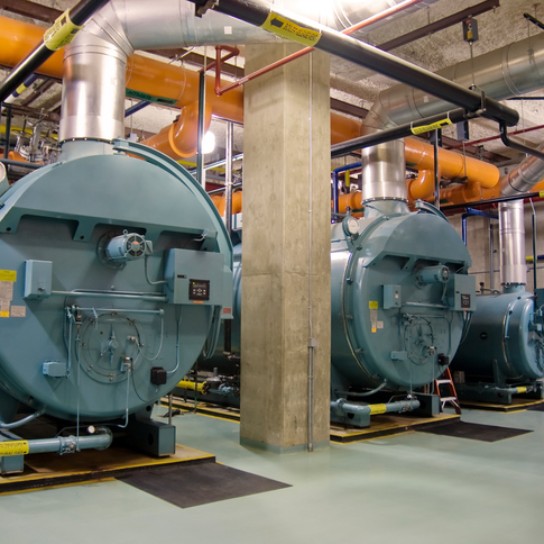partially hydrolysed polyacrylamide
Partially Hydrolyzed Polyacrylamide Properties, Applications, and Benefits
Partially hydrolyzed polyacrylamide (PHPA) is a synthetic polymer that has garnered significant attention over the past few decades due to its versatility and remarkable properties. Derived from polyacrylamide through a hydrolysis process, PHPA retains many of the beneficial characteristics of its parent compound while acquiring unique attributes that enhance its usefulness across various applications.
Structure and Properties
The chemical structure of polyacrylamide consists of repeating units of acrylamide, which can undergo hydrolysis to form a partially hydrolyzed variant. The degree of hydrolysis can vary, resulting in different molecular weights and properties. This variability allows for the fine-tuning of PHPA for specific applications, making it highly adaptable.
One of the key characteristics of PHPA is its ability to form gels and emulsions, thanks to its hydrophilic nature. This property is essential for its role as a thickening agent, helping to stabilize suspensions and emulsions in various formulations. Additionally, PHPA exhibits excellent water retention capabilities, making it invaluable in applications where moisture preservation is critical.
Applications in Industry
1. Oil and Gas Sector
PHPA is extensively used in the oil and gas industry, particularly in drilling fluids. When added to water-based muds, it serves as a viscosifier, helping to control fluid loss and improve stability during drilling operations. Its ability to create a low-viscosity system that can transport drill cuttings efficiently is a significant advantage. Furthermore, PHPA can help reduce friction, enhancing the overall efficiency of drilling operations.
2. Agriculture
In agriculture, PHPA plays a crucial role in soil stabilization and water retention. By forming a gel-like structure when mixed with soil, it significantly improves soil structure, enhancing its ability to hold water and nutrients. This feature is particularly beneficial in arid regions, where water scarcity poses challenges for crop production. As a biopolymer, PHPA also contributes to environmentally friendly farming practices, reducing the need for chemical additives.
partially hydrolysed polyacrylamide

3. Environmental Applications
PHPA is increasingly utilized in environmental remediation efforts. Its flocculating and coagulating properties make it effective in treating wastewater, helping to remove suspended solids and pollutants from industrial effluents. By facilitating the aggregation of particles, PHPA enhances sedimentation processes in water treatment plants, leading to cleaner effluent discharge into natural water bodies.
4. Personal Care Products
In the cosmetic and personal care industry, PHPA serves as a stabilizer and thickener in a variety of formulations, including lotions, creams, and gels. Its ability to improve texture and enhance spreadability makes it a desirable ingredient in skincare products. Moreover, its non-toxic and biodegradable nature aligns with the growing consumer demand for eco-friendly personal care options.
Benefits of Partially Hydrolyzed Polyacrylamide
The advantages of using PHPA extend beyond its functional properties. Its effectiveness as a biodegradable alternative to traditional synthetic polymers aligns with sustainability goals across industries. As environmental concerns become increasingly pressing, industries are seeking greener solutions, and PHPA has emerged as a viable candidate due to its low environmental impact during use and disposal.
Furthermore, the efficiency of PHPA in reducing costs related to water usage in agriculture and industrial processes can lead to long-term economic benefits. With water scarcity becoming a critical issue globally, the application of PHPA in water retention strategies holds the potential to enhance productivity while minimizing resource expenditure.
Conclusion
Partially hydrolyzed polyacrylamide is a multifunctional polymer with a wide range of applications that capitalize on its unique properties. From drilling operations in the oil and gas sector to soil conditioning in agriculture, and from wastewater treatment to personal care formulations, the versatility of PHPA is undeniable. As industries continue to strive for sustainable practices and effective solutions, PHPA stands out as an invaluable resource that exemplifies the potential of synthetic polymers in addressing modern challenges. Its adaptability, effectiveness, and eco-friendly profile position it as a key player in developing innovative applications that support both industrial progress and environmental stewardship.
-
lk-319-special-scale-and-corrosion-inhibitor-for-steel-plants-advanced-solutions-for-industrial-water-systemsNewsAug.22,2025
-
flocculant-water-treatment-essential-chemical-solutions-for-purification-processesNewsAug.22,2025
-
isothiazolinones-versatile-microbial-control-agents-for-industrial-and-consumer-applicationsNewsAug.22,2025
-
scale-inhibitor-key-solutions-for-water-system-scale-preventionNewsAug.22,2025
-
organophosphonates-versatile-scale-inhibitors-for-industrial-water-systemsNewsAug.22,2025
-
scale-and-corrosion-inhibitor-essential-chemical-solutions-for-water-system-maintenanceNewsAug.22,2025





